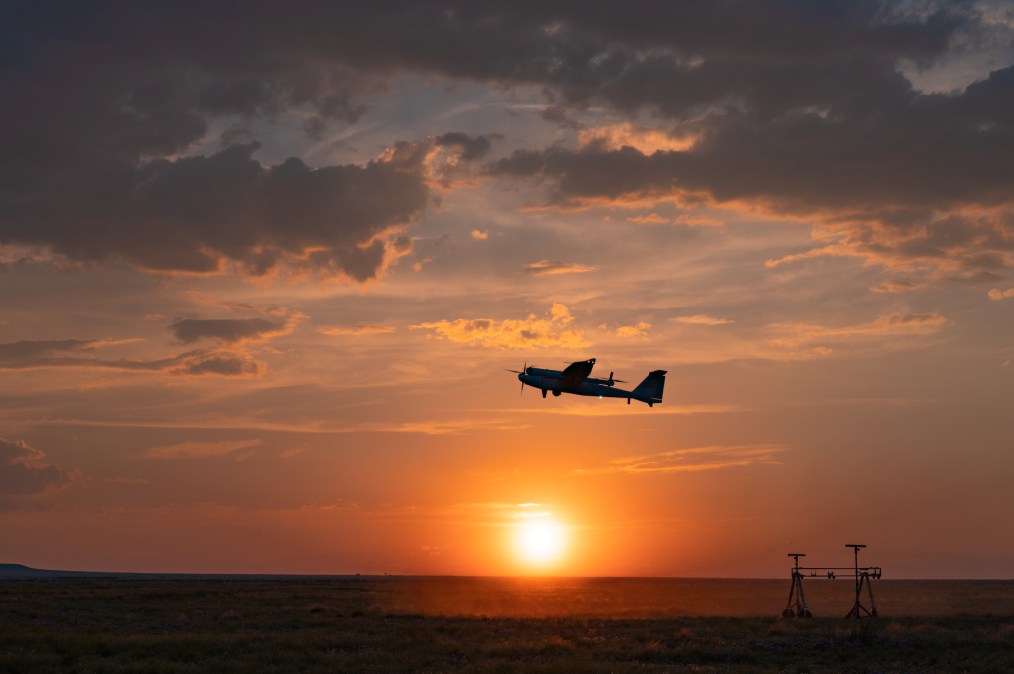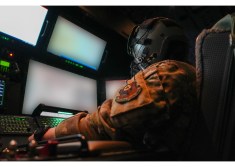DOD wants communications tech to enable commandos’ drone swarms

The Air Force’s program office for offensive small uncrewed aircraft systems is eyeing industry’s communications technology as it looks to fulfill special operations forces’ requirements.
The department is conducting market research to inform its pursuit of new radios, antennas and datalinks that can be integrated into drones for commandos to conduct swarm ops.
Via a new pre-solicitation issued Wednesday, officials aim to better understand vendors’ capabilities to provide “Dynamic multi-domain communications capabilities/services within, and/or to, a sUAS swarm in contested and denied environments” and “Data relay (ranging in size and complexity from simple status messages to full motion video) to/from stations inside denied and contested environments.”
The Defense Department expects to begin integrating and fielding these types of capabilities in 18 to 30 months, according to the document. To meet those timelines, officials are interested in items with high technological readiness levels and manufacturing readiness levels.
The program office is encouraging responses from non-traditional vendors and companies that can offer “novel or unconventional approaches” to enable the multi-domain communications and data relay capabilities for Group 2 and/or Group 3 drones, which are on the smaller end of the UAS spectrum.
“There is an expectation to field additional platforms beyond the initial effort. Should [the U.S. government] field initial operational systems, conceivable upgrade cycles could follow regularly. USG may replace any component or integrator during such cycles to maximize operational capabilities with best-in-class technologies,” officials wrote.
U.S. Special Operations Command’s “SOF Renaissance” strategy document, which was re-released in February, noted that “collaborative and autonomous unmanned systems” are an important element of the organization’s modernization plans.
“AI and uncrewed systems are changing warfare through increased automation and autonomy. This leads to more precise targeting and reduced risk to human personnel,” officials wrote. “Swarms of low-cost drones and remote explosive devices, using AI and autonomy, blur traditional human-machine boundaries on the battlefield. SOF must also use these systems to improve decision-making and situational awareness.”
These types of capabilities will enable commando teams to “punch far above their weight,” according to SOCOM.
“Using artificial intelligence to enhance warfighter performance and decision-making further enables new lightweight precision weapons and uncrewed systems to expand SOF’s lethal and non-lethal capabilities,” officials wrote.






